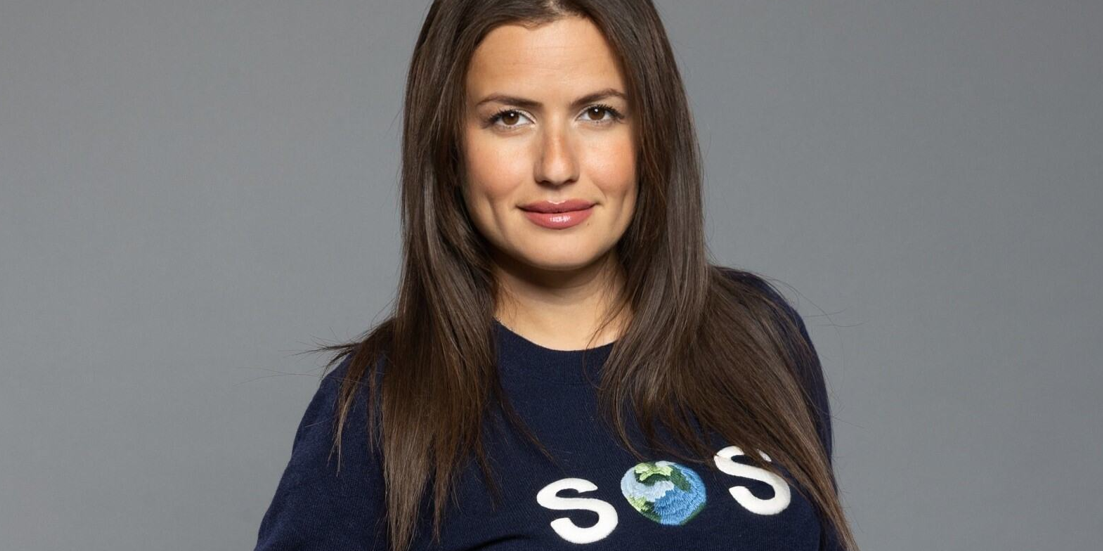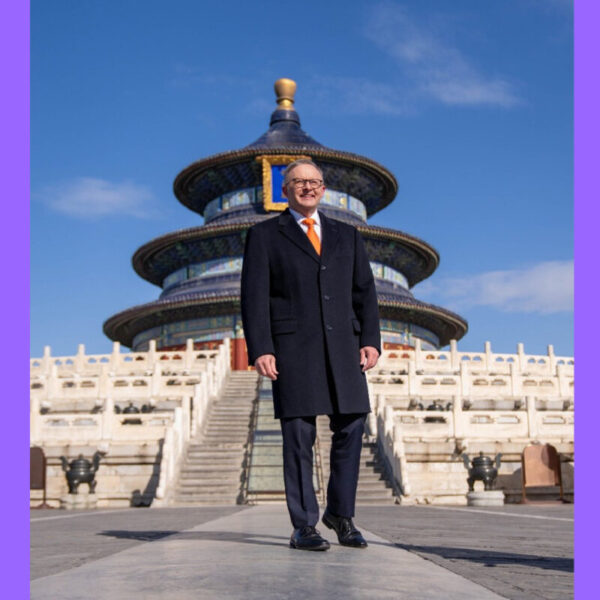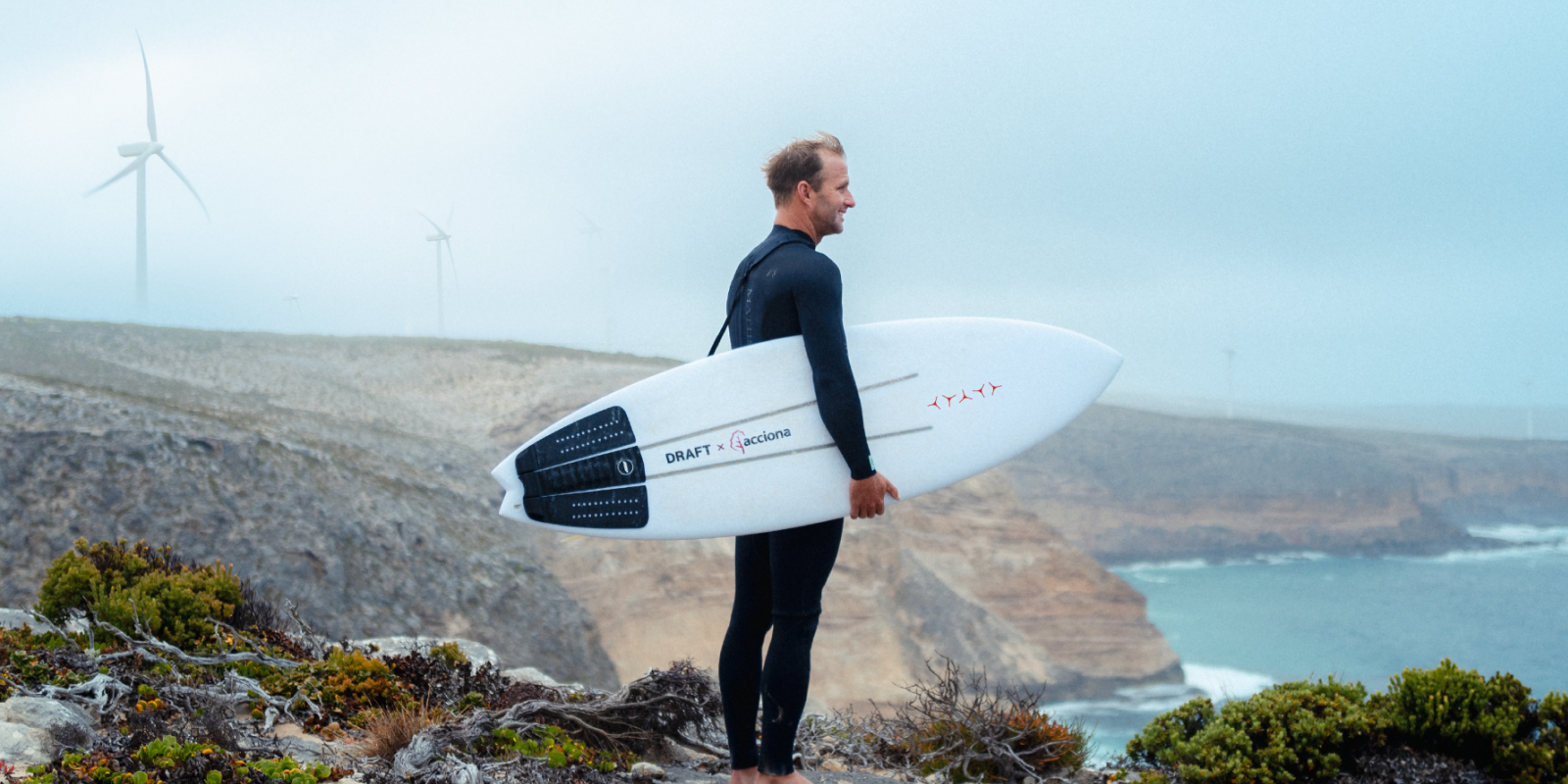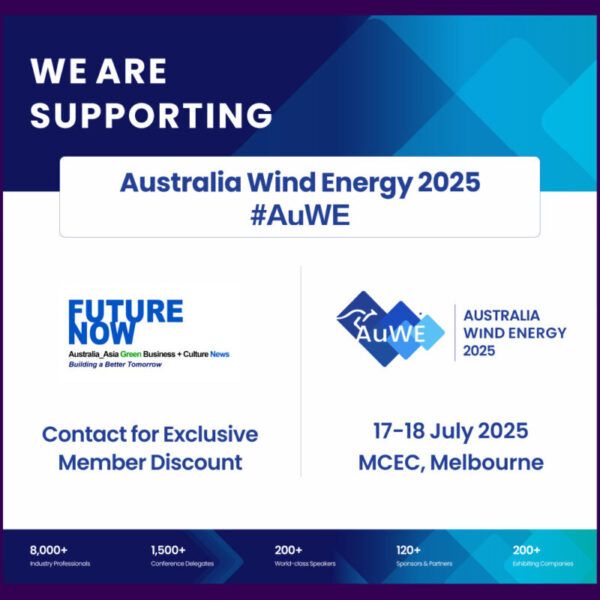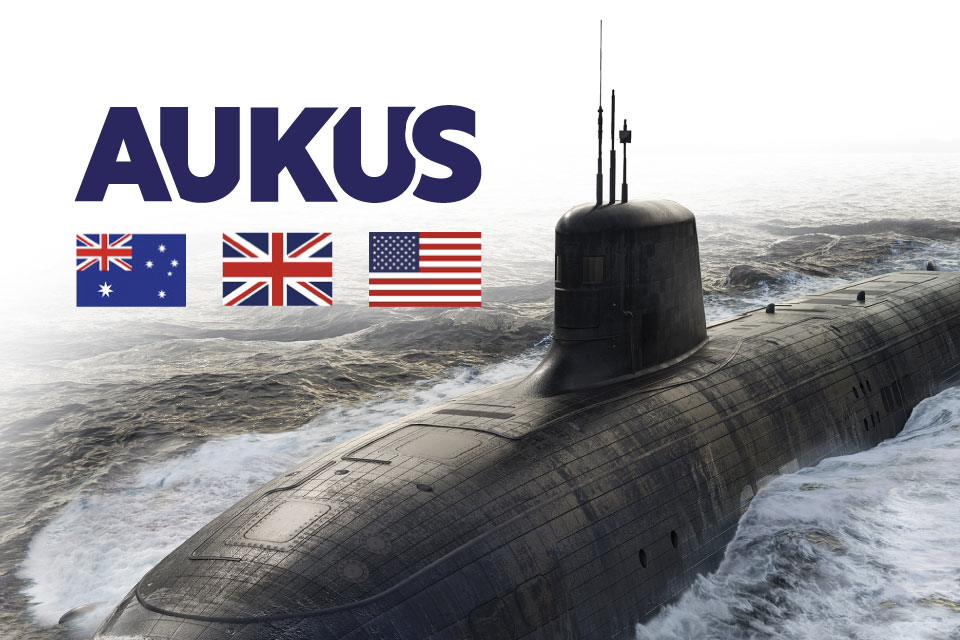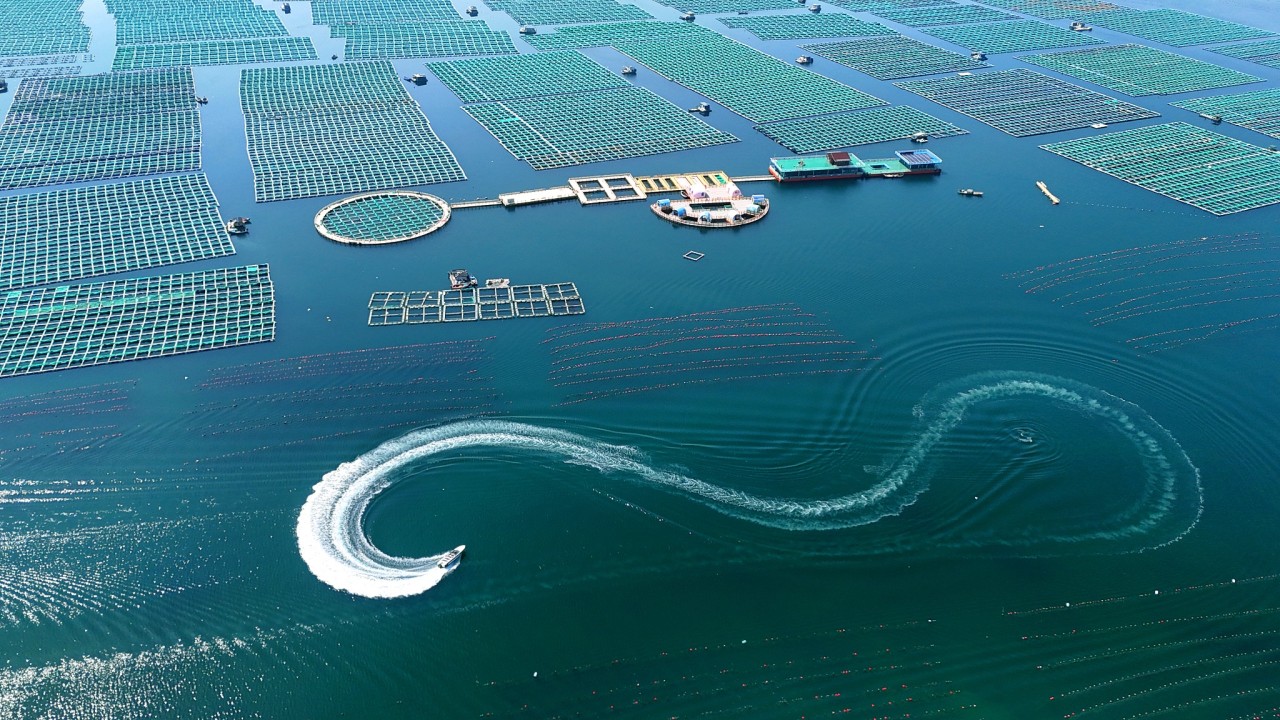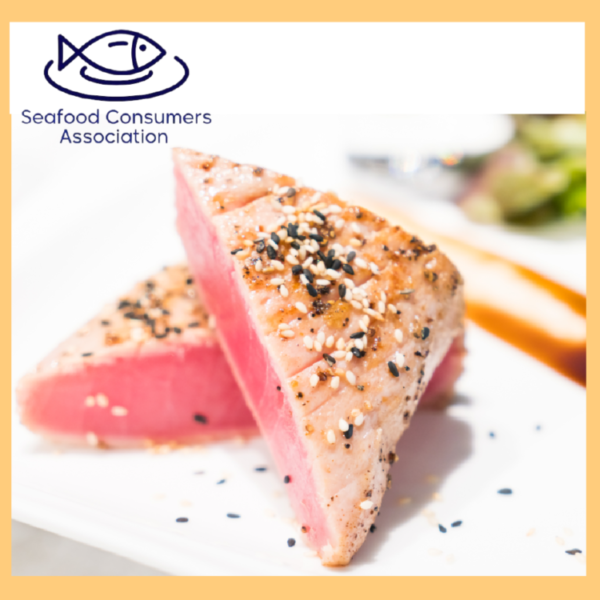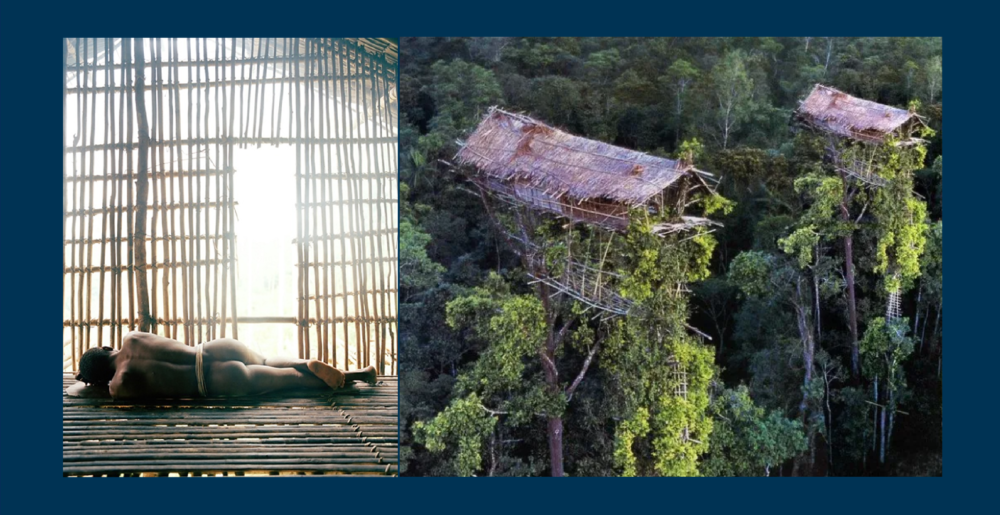Image: Ms Inna Braverman, Founder and CEO Eco Wave Power
Ms Inna Braverman, Founder and CEO of Israeli onshore wave energy technology, Eco Wave Power, NASDAQ listed in 2017, holds a projects pipeline of over 404.7MW in Port of Los Angeles, Portugal, Taiwan and now India.
The collaboration with the Indian company aims to explore the integration of wave energy into India’s renewable energy strategy. Eco Wave Power aims to build wave energy power stations that give people access to electricity that is close to their homes, without creating air pollution.
According to the Intergovernmental Panel on Climate Change, the oceans potentially hold twice the amount of energy the world produces today, and the potential global energy production from waves is estimated to amount to 32,000 TWh of electricity.
Inna Braverman, Founder and CEO of Eco Wave Power, commented:
“With a coastline of 7,516 km and over 250 million people living along the shore, India has a unique opportunity to place wave energy at the forefront of its renewable energy strategy. We are excited to showcase our technology at India Energy Week and to take this historic first step toward implementing Eco Wave Power’s technology in India.”

Wave generated energy is least invasive to marine life and environmental ecosystems Wave energy is considered one of the most environmentally friendly forms of renewable energy because it generates power while least invasive to marine life and environmental ecosystems.
Wave energy devices generate far less noise than ships, offshore drilling, or even some wind farms, making them less disruptive to marine species that rely on sound for communication, navigation, and hunting – and unlike fossil fuel-based energy systems, wave energy does not involve harmful emissions or risks of oil spills. No chemical pollutants enter the water, preserving water quality and marine biodiversity.
Waves are continuous and predictable, making them a reliable renewable resource. Unlike tidal energy, which depends on specific locations with strong tidal currents, waves are present in most coastal areas. They also form as artificial reefs, attracting fish and other marine organisms, with some designs allowing marine animals to pass through without harm.
Q1 2025 USA SHELL partners with ECO WAVE POWER
The partnership between USA Shell and Eco Wave Power is still on track with the aims to develop a groundbreaking wave energy project at the Port of Los Angeles. Eco Wave Power has received the final permit from the U.S. Army Corps of Engineers. With the energy conversion unit already on-site, the company plans to complete the installation by the end of the first quarter of 2025

Used for illustration purposes. Source: Eco Wave Power
Approximate Global Distribution of Wave Power Levels

The International Renewable Energy Agency estimates that by using solely 2 per cent of the world’s 800,000 kilometres of coastline which exceed a wave power density of 30 kW/m, the global technical potential for wave energy is about 500GW of electrical energy, based on a conversion efficiency of 40 percent.[EcoWavePower]
HISTORY OF WAVE ENERY
The idea of harnessing wave energy dates back to ancient civilizations. Early designs included floating mills that converted wave motion into mechanical energy for grain grinding.
In 1799, a French inventor, Girard, and his son patented one of the earliest wave energy devices.
Modern Developments
1910s-1950s: Researchers explored early wave power designs, but materials and technology limitations prevented large-scale deployment.
1970s Energy Crisis: Interest surged due to oil shortages, leading to government-funded research in countries like Japan, Norway, and the UK.
1990s-Present: Major advancements in engineering led to the development of Wave Energy Converters (WECs), including:
- Oscillating Water Columns (OWC): Air is compressed in a chamber by rising waves, turning turbines.
- Point Absorbers: Floating devices that move up and down with waves to generate electricity.
- Attenuators: Long, jointed structures that flex with wave motion to drive hydraulic pumps.
- Scotland, Portugal, and Australia are leading wave energy development, with pilot projects and test farms in the North Sea and the Pacific.
- Advances in floating offshore technology could make wave energy more widespread, complementing wind and solar power.
ECO WAVE YOUTUBE: https://youtube.com/shorts/BCtubTBOZac?si=hzt7ZN69_J4vJedD AND https://www.youtube.com/watch?v=1vcbXSpyODU
About: ECO WAVE





